Taira Lab - Computational and Data-Driven Fluid Dynamics Group
Our group studies a variety of fluid mechanics problems with research interests in the areas of computational fluid dynamics, flow control, data science, network theory, and unsteady aerodynamics. Our studies leverage numerical simulations performed on high-performance computers.
We are active members of the Center for Unsteady Aerodynamics at UCLA [link].
Point of Contact: Kunihiko Taira
Department of Mechanical and Aerospace Engineering, UCLA
Current Projects:

Extreme Aerodynamics
Support: DoD (VBFF)
This major effort is focused on the analysis, modeling, and control of highly unsteady nonlinear flows with extreme level of disturbances encountered in modern air vehicle operating environments.

Data-Driven Control of Unsteady Flows
Support: AFOSR
This projects develops and implements data-driven control techniques for unsteady flows.
Collaborator: S. Brunton (UW)
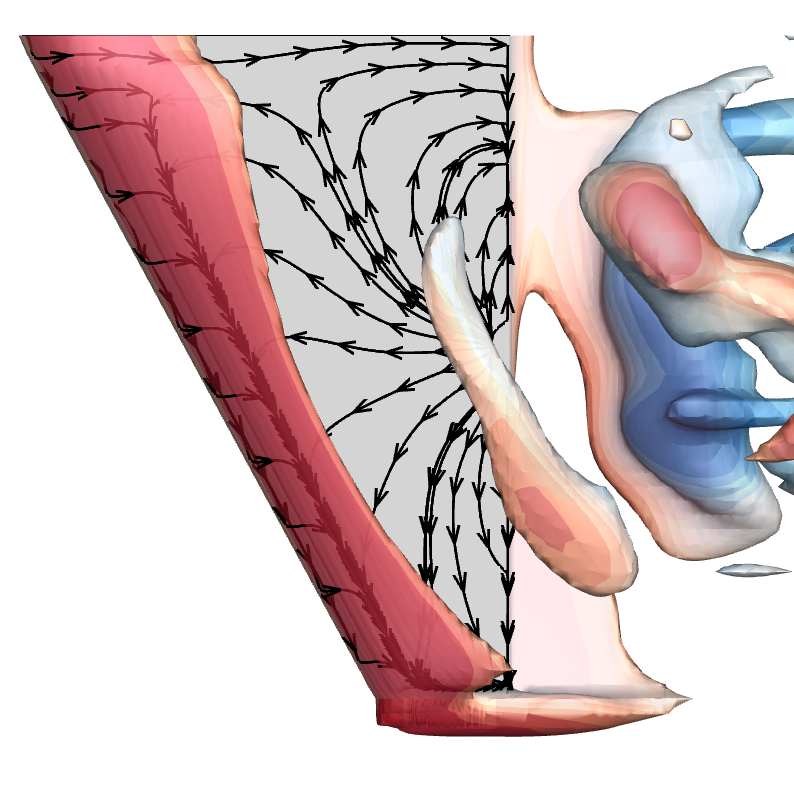
Post-Stall Wake Dynamics of Swept Tapered Wings
Support: AFOSR
This collaborative project examines the complex post-stall wake behind wings with sweep and taper through simulations, experiments, and theory.
Collaborators: M. Amitay (RPI), V. Theofilis (Technion)

Control of High-Speed Cavity Flows
Support: AFOSR
This work develops unsteady active flow control techniques to suppress violent oscillations that develop in high-speed cavity flows.
Collaborators: L. Ukeiley (UF), L. Cattafesta (IIT)
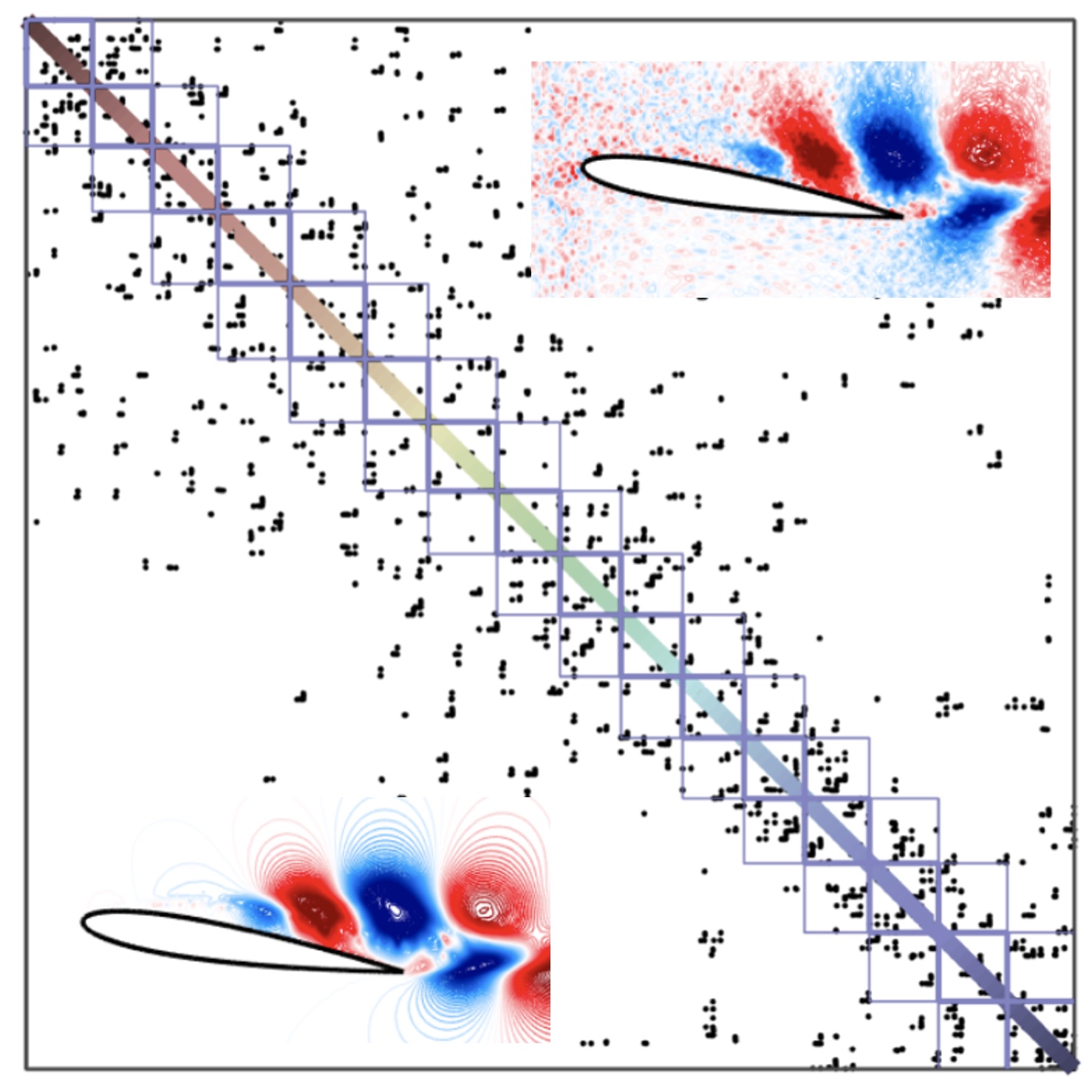
Resolvent Analysis Extensions for High-Re Flows
Support: ARO
This effort extends resolvent analysis for high-Re flows via improved numerical algorithms.
Collaborators: P. Schmid (KAUST), C.-A. Yeh (NCSU)
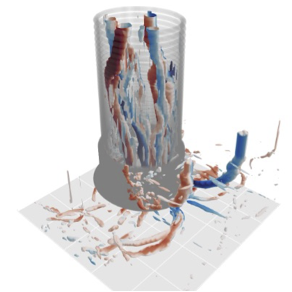
Flow Analysis and Control for Turbomachinery
Support: Ebara
This project analyzes and controls the adverse effects of vortical flows in turbomachineries with modern data-driven techniques.
Collaborators: B. An, M. Obuchi, M. Nohmi (Ebara)

Phase-Reduction Analysis for FSI Lock-In Prediction
Support: NSF
This study aims to predict the occurence of FSI lock-in using phase-reduction analysis with computational and experimental analysis.
Collaborator: J. Klamo (NPS)
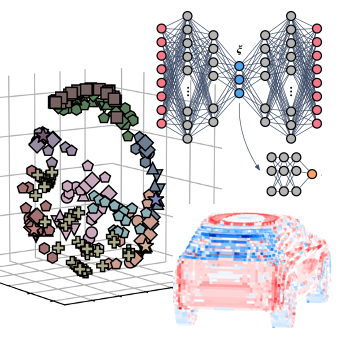
Machine Learning Analysis of Vehicle Aerodynamics and Heat Transfer
Support: Honda
This project uses machine learning techniques to support the automotive design optimization process.
Collaborators: K. Ogawa, D. Umehara, K. Inada, and Y. Ono (Honda)
Completed Projects (Partial List):
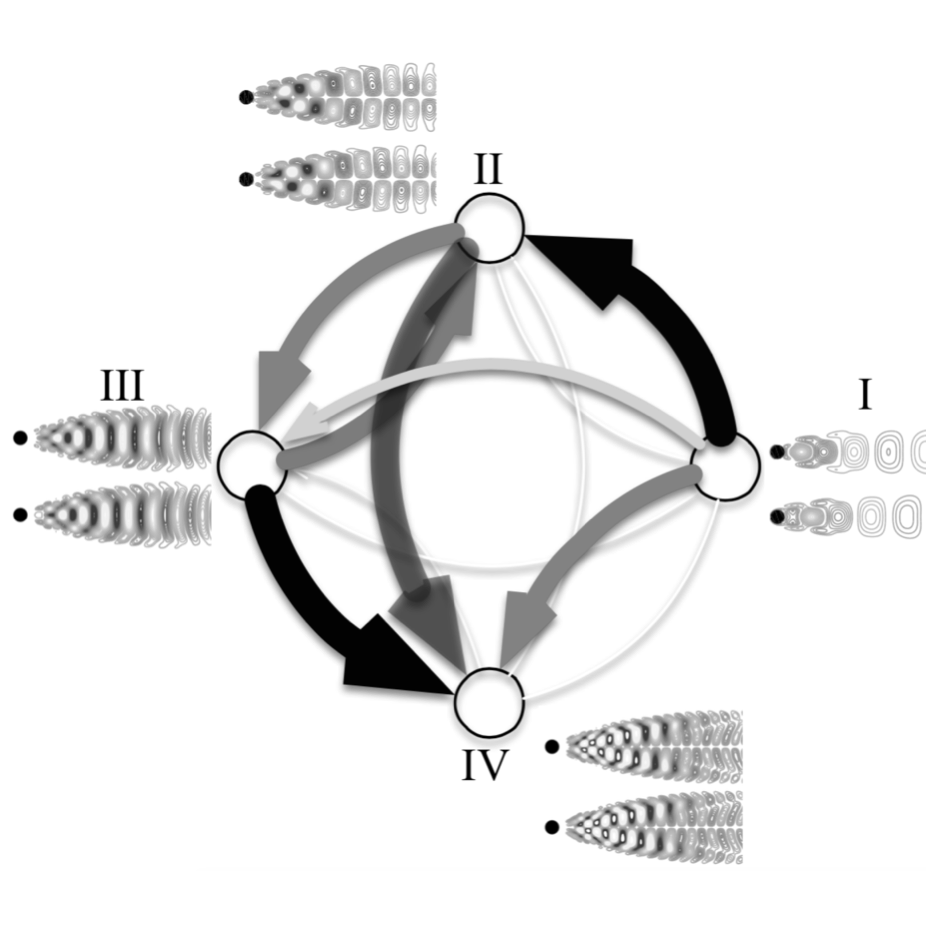
Network-based modeling and control of unsteady wakes
Support: AFOSR
We utilize network-theoretic approaches to characterize, model, and control unsteady wakes. [Movie (Presentation)]
Collaborator: S. Brunton (UW)
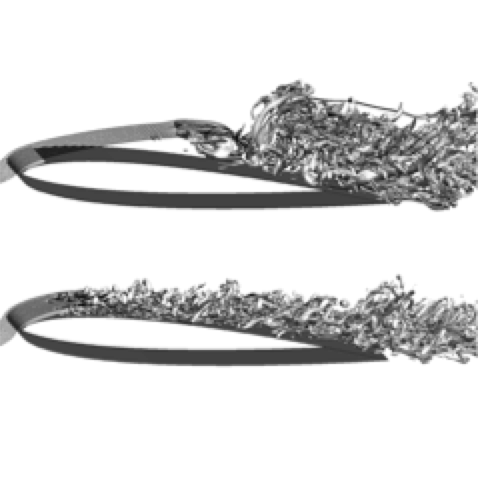
Active control of separated flows
Support: AFOSR (YIP)
We investigate the effects of fundamental flow control inputs on suppressing stall for a canonical airfoil with LES.

Network-based characterization and control of turbulence
Support: ARO
We characterize vortical interactions in 2D and 3D turbulence for its modeling and control.
Collaborator: S. Brunton (UW)

Stability and resolvent analyses of separated flows
Support: ONR (YIP)
We examine the stability and input-output characteristics of post-stall flows to support the design of effective active flow control setup.
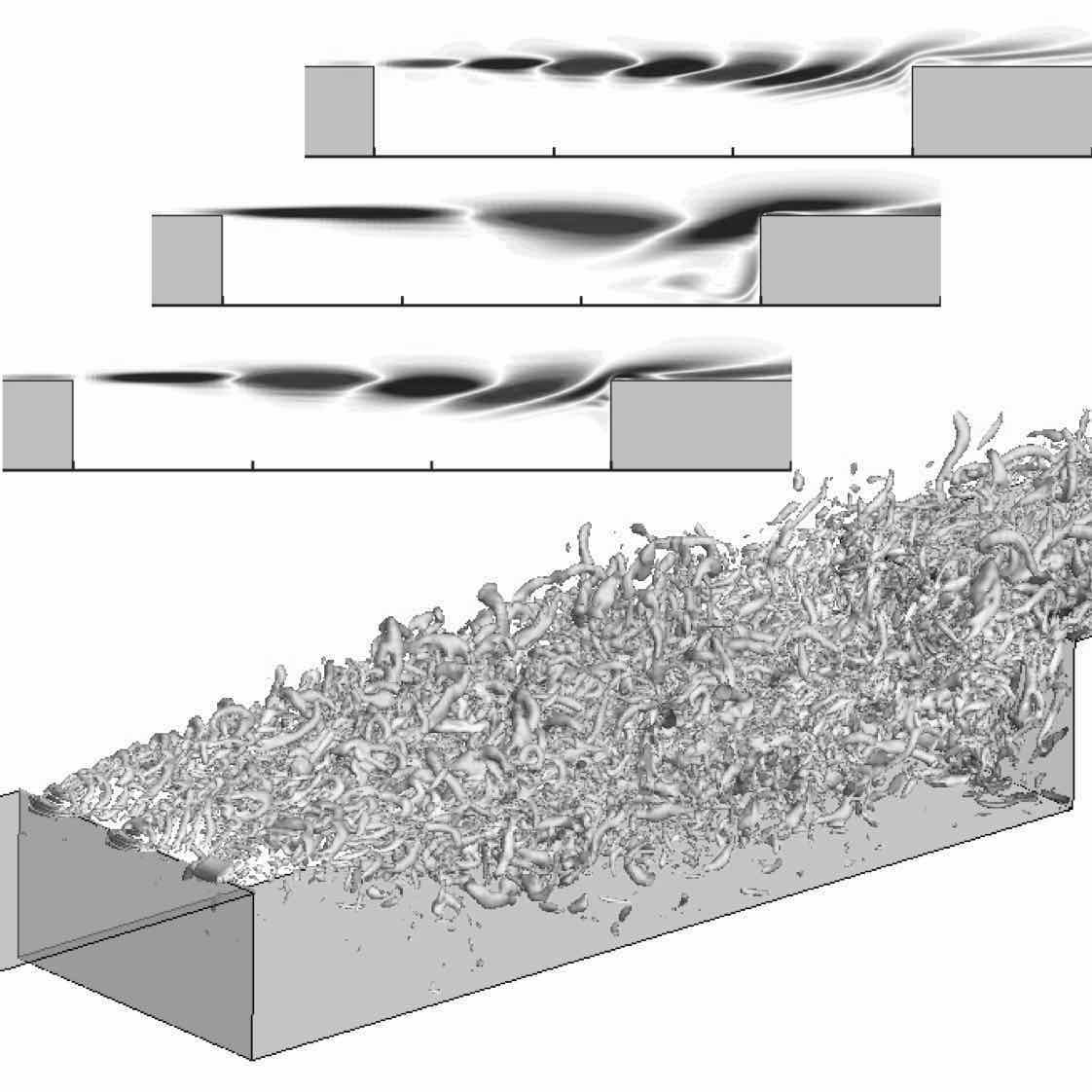
3D control of high-speed cavity flow
Support: AFOSR
Design of active flow control based on global stability and resolvent analyses for reduction of velocity and pressure fluctuations in high-speed open cavity flows.
Collaborators: L. Cattafesta (FSU), L. Ukeiley (UF)
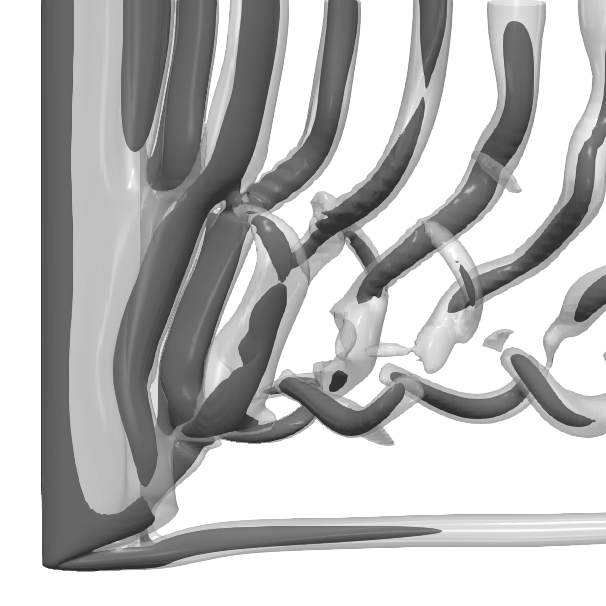
Analysis of 3D flow separation
Support: AFOSR
We examine the tip and sweep effects on 3D separation physics around wings with DNS/LES, in collaboration with experimental and theoretical partners.
Collaborators: M. Amitay (RPI), V. Theofilis (UL)
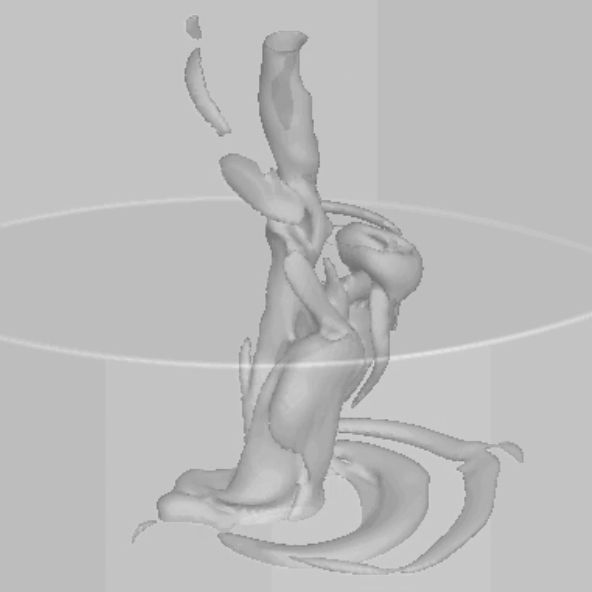
Subsurface vortex characterization and control
Support: Ebara Corporation
This project characterizes and controls the dynamics of subsurface vortices.
Collaborators: B. An, M. Obuchi, M. Nohmi (Ebara)
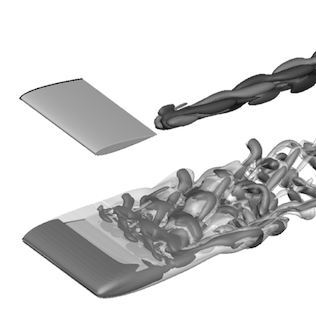
Attenuation of wing tip vortex
Support: ONR
This project examines the use of instability based control of wing-tip vortex.
Collaborators: L. Cattafesta (FSU), P. Schmid (Imperial College)
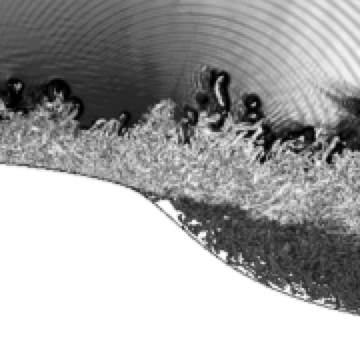
Turbulent flow modification with thermoacoustics
Support: ARO
This project studies the possible use of thermoacoustic actuators to modify the characteristics of turbulent shear flows.
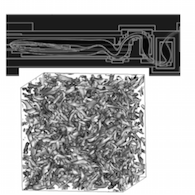
Compressible AMR-immersed boundary method
Support: ARO
We are developing a compressible (energy conservative) immersed boundary code with AMR capability for FSI problems.
Collaborator: W. Oates (FSU)

Low-Re compressible flows
This study is motivated by low-Re flight in Martian atmosphere where compressibility effects can play an important role.
Collaborator: K. Asai (Tohoku Univ)
Sponsors:
We are grateful for the support from DOD, AFOSR, AFRL, ARO, ONR, NSF, Ebara, Honda, Cummins, UCLA, and FSU.

